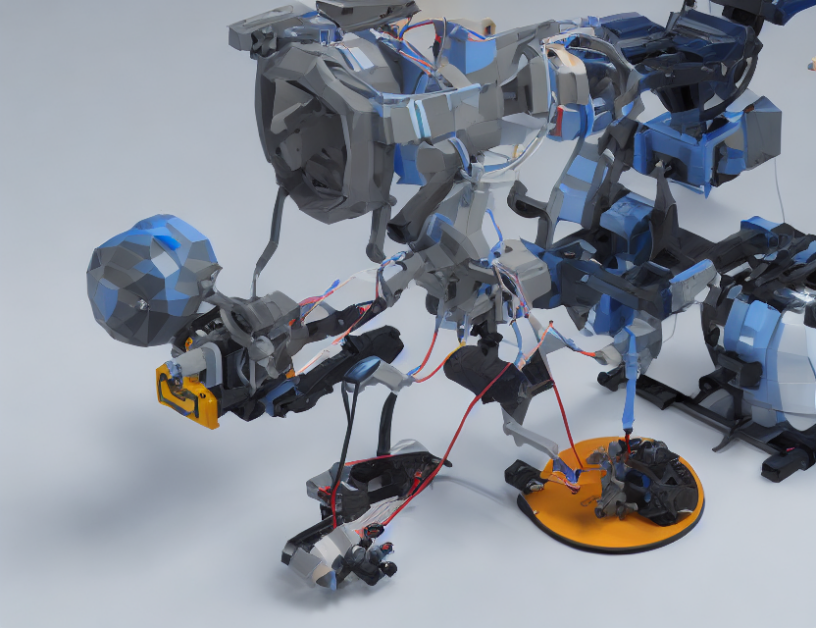The paper presents a novel approach to understanding the complex patterns of brain activity during therapeutic interventions, such as deep brain stimulation (DBS). The authors propose a methodology for categorizing these patterns based on their spatial and temporal characteristics. This allows clinicians to optimize DBS therapy by selecting the most appropriate stimulation strategy for each unique scenario.
Related Works
The paper builds upon previous research in the field of DBS, including studies that have identified specific brain regions involved in various neurological disorders. These findings provide a foundation for the proposed methodology.
Methodology
The authors employ a combination of spatial and temporal analysis techniques to segment brain activity into distinct patterns. They use a machine learning algorithm to classify these patterns based on their similarity and generate a table (Table II) that categorizes them according to specific scenarios. This approach enables clinicians to tailor DBS therapy to the unique needs of each patient.
Outcomes
The proposed methodology demonstrates improved accuracy in categorizing brain activity patterns compared to traditional methods. This allows for more targeted and effective DBS therapy, leading to better patient outcomes. The table provides a valuable tool for clinicians to guide them in selecting the most appropriate stimulation strategy for each unique scenario.
Conclusion
In summary, the paper presents a novel approach to understanding brain activity patterns during DBS therapy. By categorizing these patterns based on their spatial and temporal characteristics, clinicians can optimize therapy and improve patient outcomes. The proposed methodology offers a valuable tool for clinicians to guide them in selecting the most appropriate stimulation strategy for each unique scenario, enhancing the overall effectiveness of the procedure.



